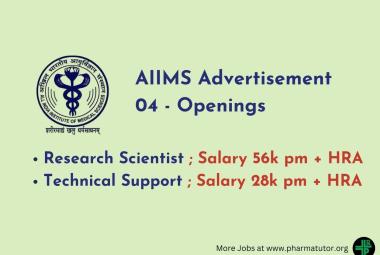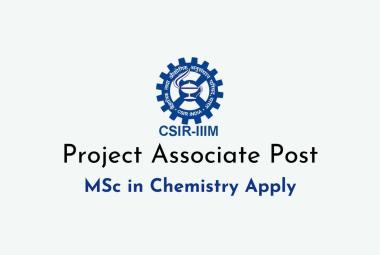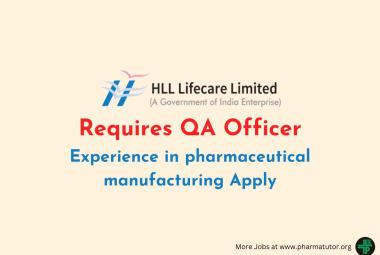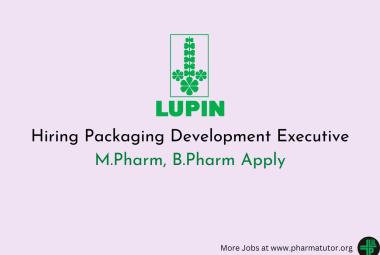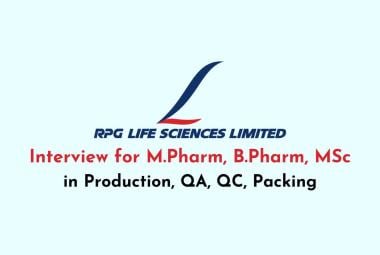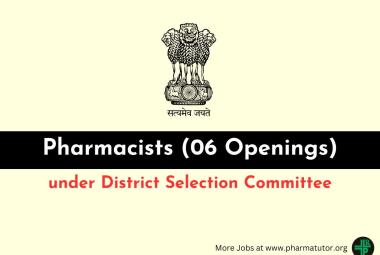AQUASOMES: A POTENTIAL APPROACH FOR NOVEL DRUG DELIVERY
 About Authors:
About Authors:
Patel Chirag J*1, Prof. Satyanand Tyagi2, Patel Pinkesh1, Umesh Kumar1, Patel Jaimin1, Chaudhari Bharat1
1Department of Pharmaceutics, Maharishi Arvind Institute of Pharmacy, Mansarovar, Jaipur, Rajasthan, India-302020.
*Mr. Chirag Patel has published various Books, Research and Review articles. His academic works include 35 Publications (2 books was published in Lambert Academic Publishing, Germany & 8 Research Articles and 25 Review Articles was published in standard and reputed National and International Pharmacy journals)
2President & Founder, Tyagi Pharmacy Association (TPA) & Scientific Writer (Pharmacy), Chattarpur, New Delhi, India-110074.
*chirag.bangalore@gmail.com, +91-8000501871
ABSTRACT:
Aquasomes are spherical in shape with 60–300 nm particles size used for drug and antigen delivery. Aquasomes are nanoparticulate carrier systems but instead of being simple nanoparticles these are three layered self assembled structures, comprised of a solid phase nanocrystalline core coated with oligomeric film to which biochemically active molecules are adsorbed with or without modification. These structures are self assembled by non covalent and ionic bonds. The solid core provides the structural stability, while the carbohydrate coating protects against dehydration and stabilizes the biochemically active molecules. Properties like protection and preservation of fragile biological molecules, conformational integrity, and surface exposure made it as a successful carrier system for bioactive molecules like peptide, protein, hormones, antigens and genes to specific sites. Three types of core materials are mainly used for producing aquasomes: tin oxide, nanocrystalline carbon ceramics (diamonds) and brushite (calcium phosphate dihydrate). Calcium phosphate is the core of interest, owing to its natural presence in the body. Aquasome deliver their content through specific targeting and slow sustained release process.



 About Authors:
About Authors: About Authors:
About Authors:  About Author:
About Author:  About Authors:
About Authors:  About Authors:
About Authors: About Authors:
About Authors: About Authors:
About Authors: 